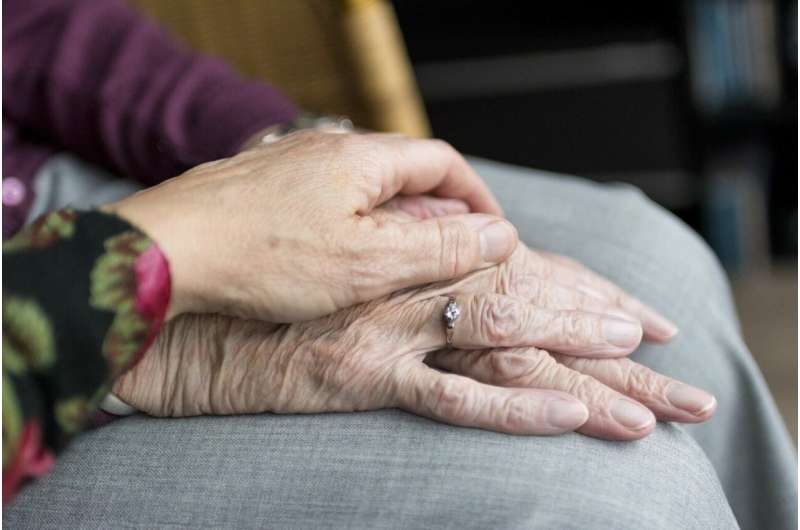
The COVID-19 pandemic severely impacted long-term care facilities, resulting in the deaths of 8% of residents nationwide, or 1 in 12 people. As coronavirus case rates decline and health restrictions are lifted, people who manage these facilities must now define policies to reduce disease transmission.
What should that look like, with varying numbers of staff, a variety of shifts for workers, data on vaccinated employees and residents, and various levels of interactions between staff and residents at facilities?
Researchers from Colorado State University hope a new model and online dashboard they’ve created will provide insight for health and other officials making their way in this “new normal.”
The tool helps compute continued risk for COVID-19 infections within a facility, given a designated testing schedule and vaccine requirements. A paper from the team, “Model-based evaluation of continued COVID-19 risk at long term care facilities,” was published July 7 as a preprint on medRxiv.
Dr. Nicole Ehrhart, a professor and director of Columbine Health Systems Center for Healthy Aging at CSU, said there was a lot of guesswork taking place in terms of best practices during the pandemic.
“All of these different conditions—how often you test, which test you use, vaccination acceptance among staff, variants, what are public health masking orders, are visitors allowed—have to be taken into account simultaneously if a mitigation or prevention strategy is going to work,” she said.
Ehrhart and CSU Professor Greg Ebel, who led a groundbreaking effort in early 2020 to test asymptomatic health care workers in skilled nursing facilities, had a large amount of data after working with these facilities for months. They could see how small changes in any one of these variables could influence the success—or lack thereof—of keeping new infections from spreading. But what could they do to help?
Modeling system ‘not a crystal ball’
Enter CSU’s Bailey Fosdick, associate professor of statistics, and Jude Bayham, assistant professor of agricultural and resource economics. The scientists and computer modeling experts created numerous COVID-19 models for the university during the pandemic to help decision-makers and leaders on campus.
Bayham was also a member of the Colorado School of Public Health’s COVID-19 modeling group, which informed statewide decisions.
He said the dashboard they’ve created is meant to be a decision support tool, a way to help facility managers understand the risks they face regarding COVID-19 outbreaks.
“It’s not a crystal ball that will tell you what’s going to happen at your facility,” said Fosdick, first author of the paper. “This is much more of a tool that will answer: If I adopt this testing regimen or the other, do I see a big or a little difference in outcomes given the other factors that are unique to this facility?”
Fosdick said facility managers or public health officials could then pick whichever route is potentially more cost effective or impactful.
The tool also allows facility managers to be proactive and nimble rather than reactive, said Ehrhart.
The “beauty” of the model—which she credits to the genius of Fosdick, Bayham and Research Assistant Jake Dilliott—is that it includes as factors potential new variants of SARS-CoV-2, vaccination rates and community prevalence.
“Being able to build all of those things into the model simultaneously is extremely powerful,” she said. “As the pandemic continues, this is the tool people need to help make informed decisions.”
Fosdick said the team’s work is also a reminder that people still need to be on guard about the ongoing threat of COVID-19.
“It’s so easy to forget how fragile people in long-term care facilities can be,” she said.
Source: Read Full Article






